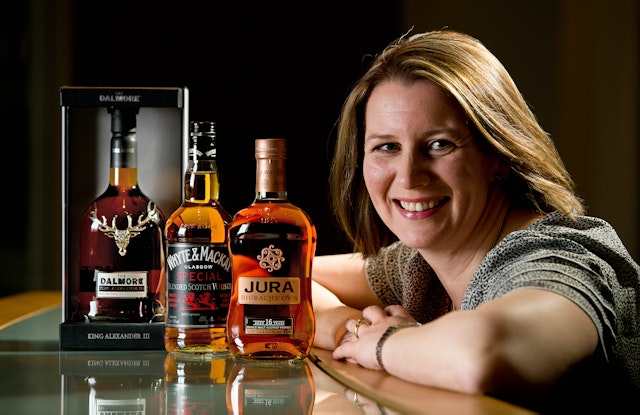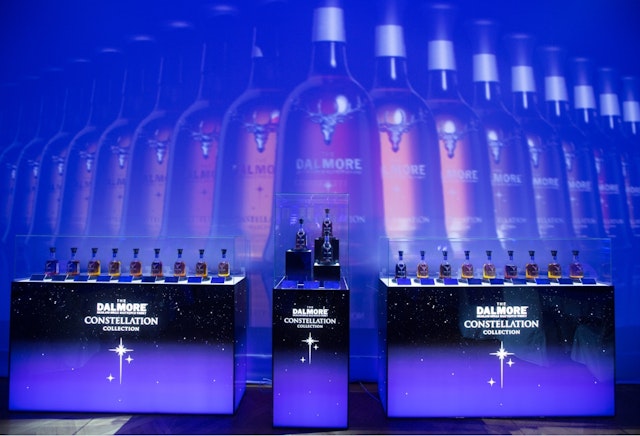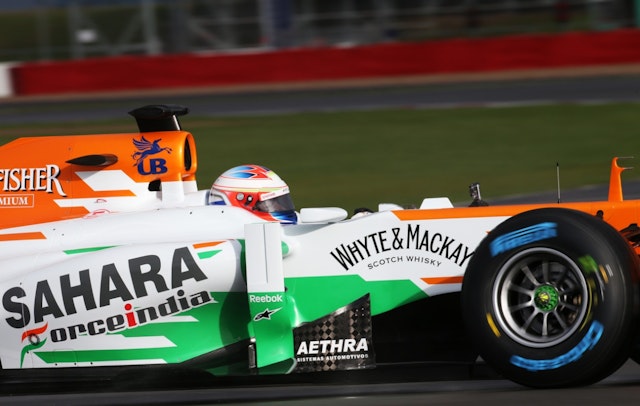"We are trying to learn to be a global business" - Whyte & Mackay marketing director Cara Chambers talks brand strategy, Russia and Diageo
United Spirits owned Scotch whisky firm Whyte & Mackay has had an interesting year as it revamped its marketing strategy under a new marketing chief, which is set to lead to the overhaul of its main brand in the coming months through a new branding initiative as it sets its sights on growing awareness and sales in foreign climbs such as Russia and Germany.
The Glasgow headquartered company, which produces two of the world’s fastest growing malts - Jura and The Dalmore, will aim to reposition the brand of its Whyte & Mackay whisky with new creative work later this year after a successful Christmas marketing drive that saw it become the third bestselling whisky slot in the UK and second in it's native Scotland.
This follows a 24 per cent increase in profits being reported by the company last year of £15.4 million, as speculation over the possible take-over by global rival Diageo was rife. Those talks are still ongoing, even as The Drum meets with Cara Chambers, marketing director for the company, and its communications director Rob Bruce to discuss plans for its brands and her first year.




